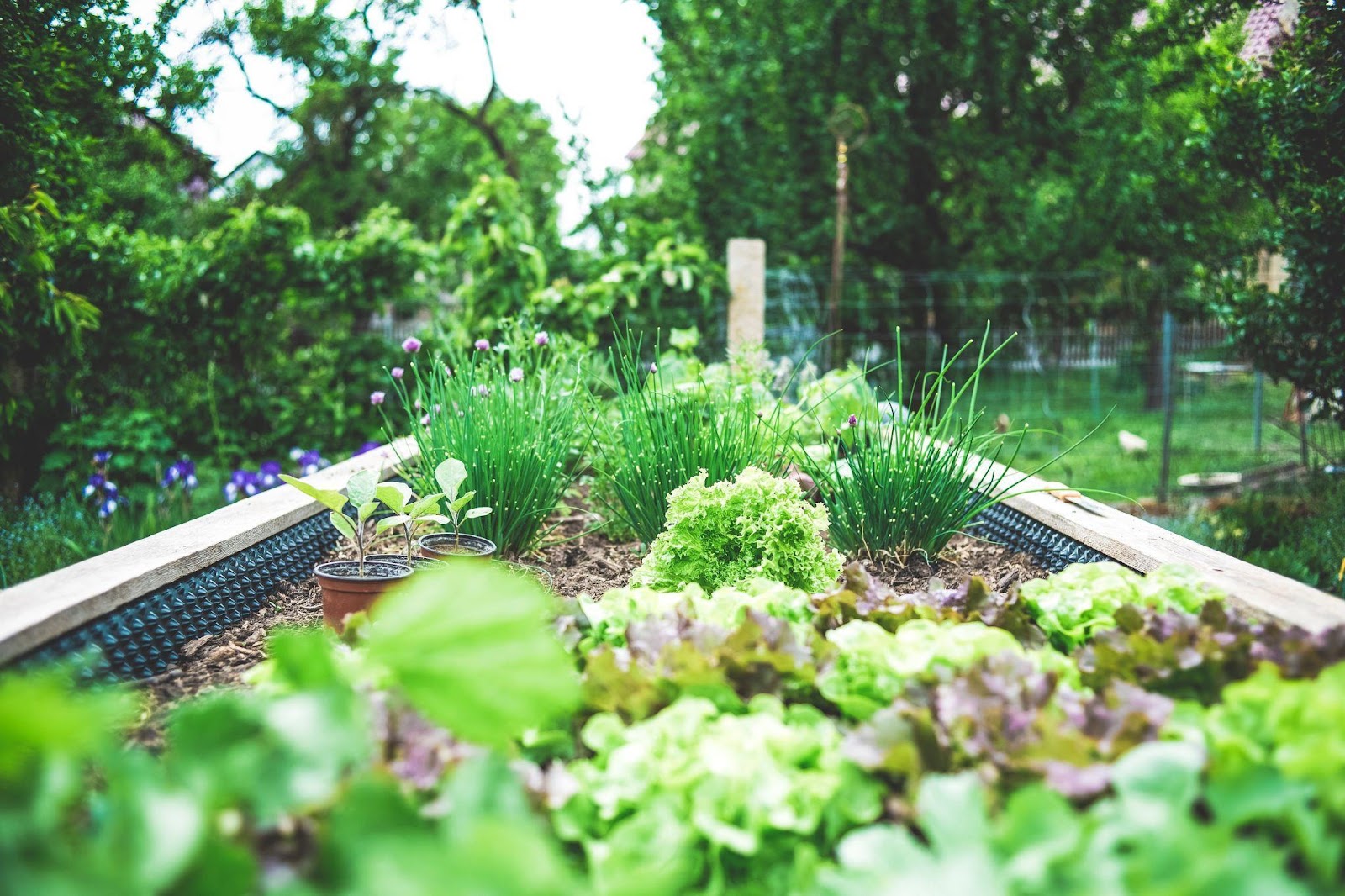Table Of Contents
Urban farming is a broad term that covers all kinds of farming in and around cities, including growing plants and raising livestock. Urban farming can have many forms, from growing vegetables in abandoned railway arches to people growing herbs and tomatoes on their balconies or keeping chickens in their backyard. Also have a look at horses in the UK that are for sale (on https://www.horsescout.com/horses-for-sale), as there are some great choices on there.
Urban farming has clearly become a focus of attention of many individuals, community groups, gardeners, environmentalists, and city planners. No form of urban farming comes without challenges, but they also bring numerous benefits that help make food systems more sustainable.
Urban farming explained
Urban agriculture is often mistaken for community gardening or homesteading. One distinguishing difference is the amount of commercial activity. In urban agriculture, there’s a level of commerce as all grown product needs to be sold since it’s not grown exclusively for personal consumption or sharing.
However, to grow food in a city, you don’t have to be a large corporation or have a large plot of land. Any non-profit organization, an individual, a group of friends, or neighbors can start and run an urban farm. There is also no one correct way to manage the produce. Food can be sold to either farmer’s markets or restaurants or donated to a local church or soup kitchen.
How to begin?
Urban agriculture has become a precious source of locally grown food and an excellent way of reacquainting the public with the many aspects of food that have been lost due to the modernization of life in the cities. How food is grown and what grows well locally and seasonally are all valuable lessons and can help every city dweller become a better-informed consumer. This way, urban farms can hold the front line of food production.
Whether the term urban implies the inner city or the areas on the perimeter of cities, when it comes to urban garden placement, there is no single characterization. It can be done on balconies, rooftops, landfills, brownfields, and even areas where housing or industry may have been destroyed. Some cities are allocating parts of their park systems for urban farmers to plant their farms on.
Whether you opt for container gardening, rooftop-raised garden beds, vertical gardening, or community gardens, the first step is to plan and prepare the soil. Proper soil quality is among the first conditions of successful farm growth. Once that has been taken care of, you can proceed to choose the plants you want to grow.
What to grow?
It doesn’t take much technology to start your own urban farm. Once you have secured a spot and ensured good soil quality, you could start producing a notable amount of food. It’s estimated that an urban garden plot of only one square meter can yield up to 20kg of food each year, which is around 160 tomatoes, or 18 cabbages.
It’s recommended you start small with the food you know and love to eat. Tomatoes and chili peppers grow well on balconies, and the same goes for herbs like sage, rosemary and thyme. If your garden is limited by insufficient space and you can’t grow a full vegetable plot, you needn’t worry as carrots, beetroot and broad beans will grow well in pots and containers. Also, if all you have is a sunny windowsill to work with, basil will grow exceptionally well inside protected from the elements.
The benefits of urban gardening
With the expectation that over two-thirds of the world’s population will be living in cities by 2050, it’s only logical to grow food closer to where people live. Recent research shows that if cities around the world relied more on urban farms, they would be able to produce as much as 180 million metric tons of food annually.
However unlikely it may be able to produce enough food to be entirely sustainable, urban gardening has a lot of benefits to offer – it adds valuable greenery to the dull and grey urban setting, it reduces food waste by decreasing the chances of crops going bad during transport, and it helps create more jobs in cities.
Another great advantage of urban agriculture is that growing food locally also reduces food miles. However admirable this sounds, food transportation only accounts for a tiny percentage of carbon emissions the food industry produces. Therefore, food grown in cities doesn’t necessarily have a lower carbon footprint than food that’s shipped from afar, but it does make it more available.
Urban gardening may not be the answer to all our problems, but it offers some hope for our future. Agriculture programs in both urban and rural settings can bring benefits to the health and longevity of a community. Urban gardening in particular allows young people to educate themselves and their local communities on the advantages it brings and help everyone recognize what a precious investment for the future of all of us it is.






